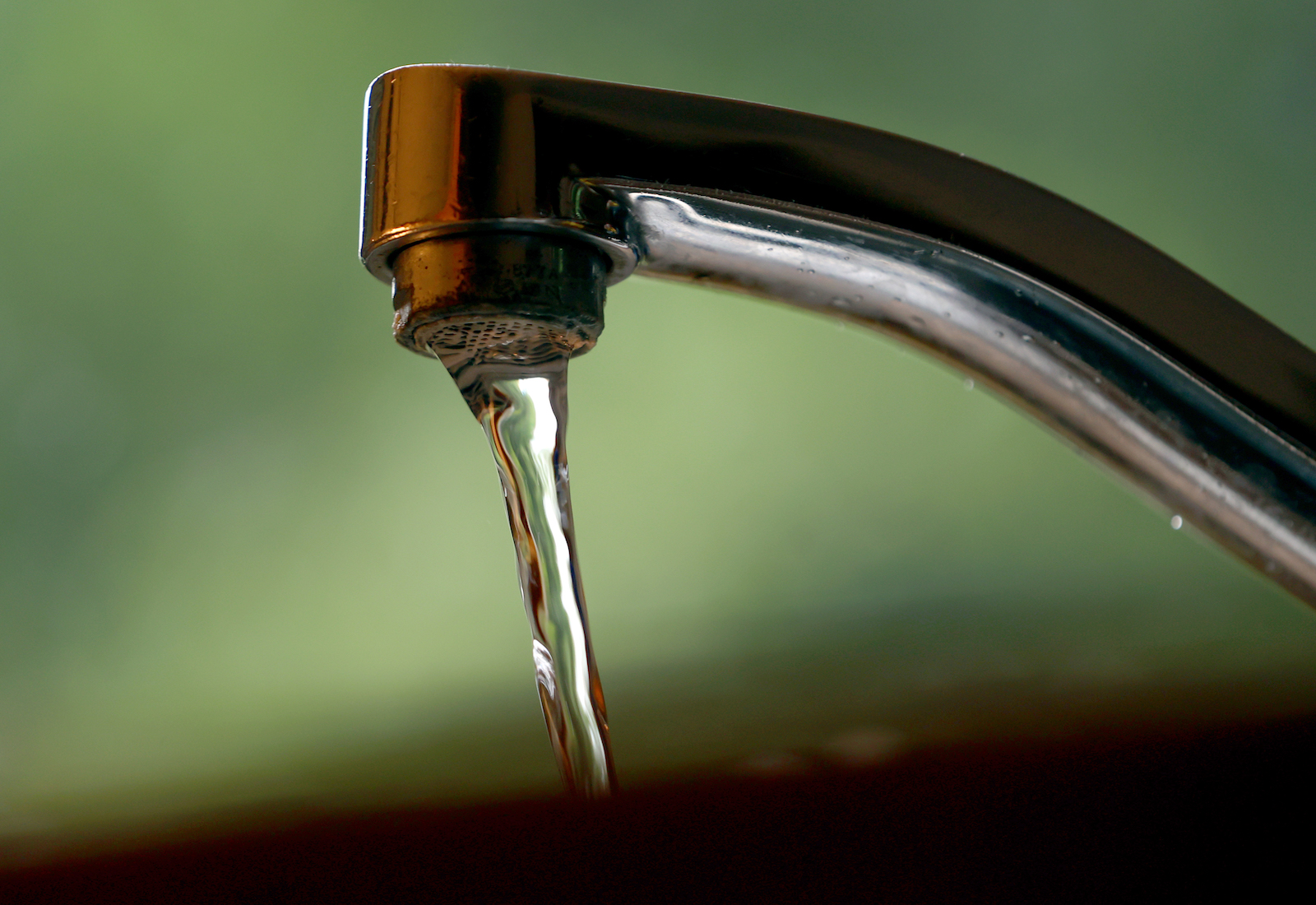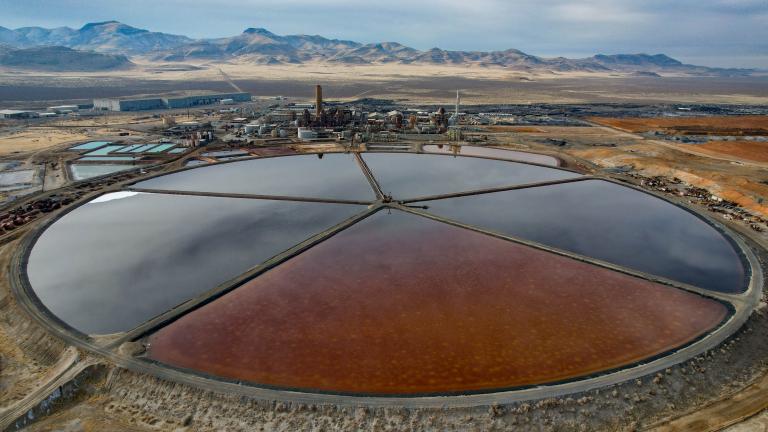The National Toxicology Program, or NTP, released its 15th report on carcinogens last month, adding eight new substances to a growing list of recognized cancer-causing agents found in many consumer products and water supplies.
Among the new additions are a bacterium, a flame retardant, and six byproducts from water purification, bringing the total number of listed carcinogens up to 256. Other substances and activities listed include HIV and cobalt, which were added in 2016, as well as tobacco smoking, solar radiation, mustard gas, and asbestos.
The NTP’s congressionally mandated reports on carcinogens, intended to “help people make informed decisions about their own health,” are published periodically for the secretary of Health and Human Services as new information becomes available. The new report was released as the U.S. marked the 50th anniversary of the National Cancer Act, legislation that then-President Richard Nixon said would initiate a national “war on cancer” — by then the nation’s second leading cause of death.
According to 2019 data from the Centers for Disease Control and Prevention, cancer still sits in second place as a leading cause of mortality for U.S. residents, killing nearly 600,000 people each year. “Cancer affects almost everyone’s life, either directly or indirectly,” said Rick Woychik, director of the National Institute of Environmental Health Sciences and the NTP, in a statement. Only heart disease claims more Americans’ lives every year. In 2020, COVID-19 was the third leading cause of death.
Although the NTP’s reports on carcinogen do not directly determine public policy, they can inform it indirectly by helping policymakers identify substances in need of regulation. They “provide important information to members of Congress, regulatory agencies, and others who can use it to make informed decisions that protect the health of U.S. residents,” Ruth Lunn, director of the Office of the Report on Carcinogens, told Grist.
The NTP breaks up listed carcinogens into two categories: those that are “known” to cause cancer in humans, and those that are “reasonably anticipated” to do so. Just one agent identified in the NTP’s latest report received the former, more significant classification: chronic infection from H. pylori, a stomach bacterium found in contaminated drinking water. According to research from the University of Missouri, Kansas City, this cancer-causing bacterium disproportionately impacts nonwhite populations — potentially due to poorer access to clean drinking water. And following treatment, further research suggests that these same groups are less likely to receive critical “eradication testing” to ensure the bacteria has been fully eliminated from their bodies.
David Leiman, an assistant professor of medicine at Duke University, said that adding H. pylori to the NTP’s list of carcinogens could help draw attention to these inequities. “I hope that it would provide some urgency both from practitioners and also for patients,” he said.
In addition to H. pylori, the NTP recognized seven more substances as “reasonably anticipated” to cause cancer in humans. These include antimony trioxide, which is often used in plastic production and flame retardants for consumer products, and six haloacetic acids that may be produced during chlorine-based disinfection processes for drinking water. According to the NTP’s press release, some 250 million Americans may be exposed to water systems tainted with these substances. Although experts say the risks of drinking untreated water outweigh the risks from haloacetic acids, prolonged exposure to high concentrations can lead to rectal, colon, and bladder cancer, as well as developmental and reproductive problems.
Both antimony trioxide and the suite of haloacetic acids have previously been recognized by state and federal agencies as hazardous substances. Some places like California have imposed bans or tight restrictions on the use of antimony trioxide in consumer products, and the Occupational Safety and Health Administration has long regulated permissible outdoor exposure to it. The Environmental Protection Agency has also recognized haloacetic acids as potential human carcinogens since the early 2000s, but some advocacy groups have called for tighter regulations. “Legal does not necessarily equal safe,” the nonprofit Environmental Working Group said in a 2021 report that found elevated levels of water contaminants — including haloacetic acids — in drinking water supplies in Columbia, Missouri.
Even as the 15th report on carcinogens was released last month, the NTP is evaluating the carcinogenicity of additional substances for future reports: wood smoke, for example, as well as halogenated flame retardants and polycyclic aromatic hydrocarbons — a class of chemicals that are released when fossil fuels are burned.
This story has been updated with a comment from Ruth Lunn.




